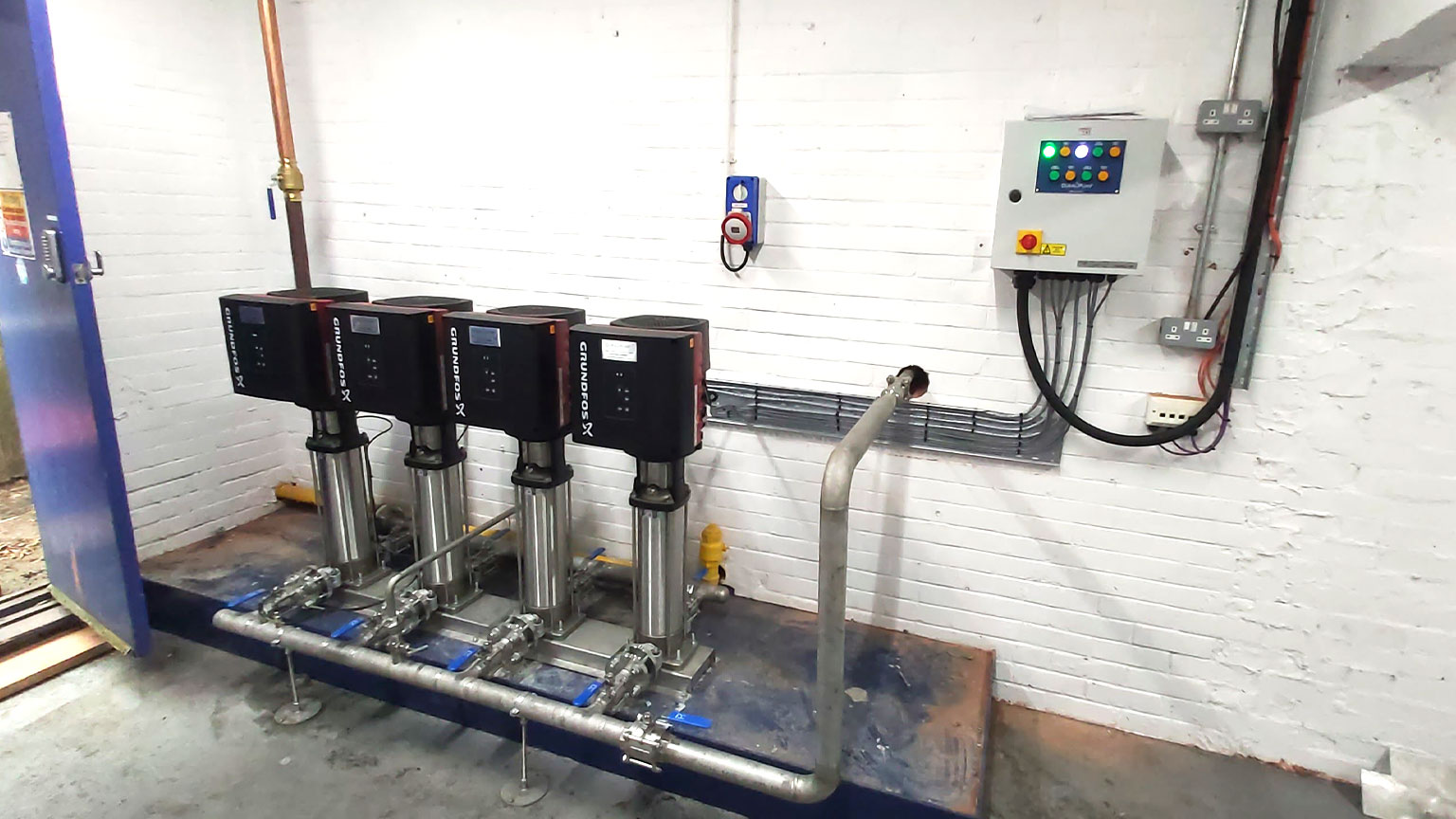
The Challenge
One of our NHS hospital trust clients requested a number of call outs to their pump station over a 6-month period. On arrival, we found the system was full; but everything else was in good working order.
As soon as we raised the pumps and reinstalled them, the system would work perfectly again for a couple of months. After this happening 2 or 3 times over the course of the issue, we realised that this was more than just a freak occurrence, with all symptoms pointing towards a syphoning issue.
Having discussed the issue with the client, we found the discharge point and discovered that the level of the discharge was lower than the base of the pump station.
Our Solution
We knew that the solution would be to install an air release valve on the rising main, but due to the location and surrounding area of the rising main this would’ve involved a lot of work for a comparatively small issue.
Therefore, we managed to come up with a solution to install the air release valve on the discharge pipework of the pump station – creating a vacuum break within the pump station itself. This saved a lot of costs on groundworks and a lot of costs for the hospital; as well as solving the problem of syphoning in the pump station and pipework.
The work included making a confined space entry into the pump station by a qualified and trained engineer, modifying and adapting the discharge pipework, and installing the air release valve in the pit. We made all mechanical connections and left the system running as planned.
The Result
As a result, we resolved the issue of the pump station going into high level and the need for any call outs, as the pump station could no longer syphon. Also, the hospital saved thousands of pounds on groundwork costs, as well as reduced downtime and disruption within the actual hospital buildings.
Related Case Studies







